- Bernard Preston homepage
- Herbs Spices
- What to Do With Lemongrass
What to do with lemongrass
What to do with lemongrass is interesting since it is a particularly versatile herb oft used in Thai stews and curries; but also to attract bees, help us relax and as a diuretic. There are a host of other claims some of which are substantiated.
Here we will discuss how to grow the herb and some simple ways to enjoy it in your cooking. As a beekeeper I am particularly interested owing to claims that it will attract feral swarms to an empty hive.
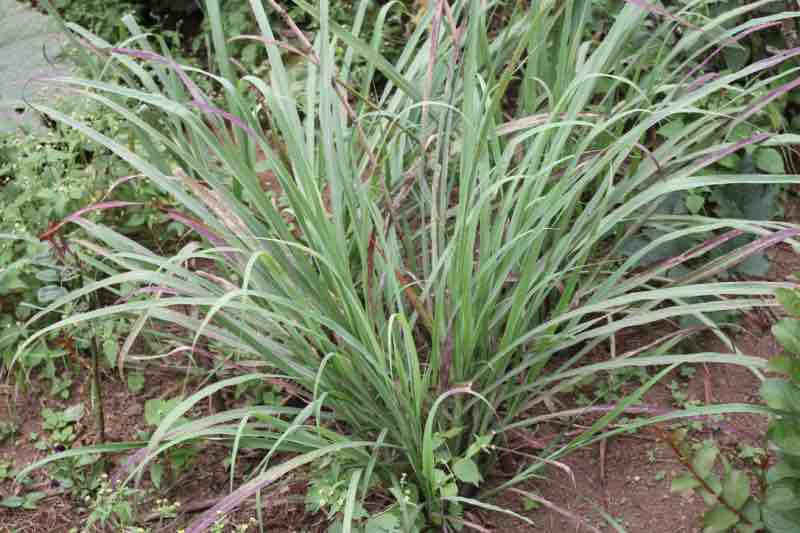
What to do with lemongrass
What to do with lemongrass when you are cooking a soup, stew or curry is important as the hard outer leaves are rather woody and inedible.
Most cooks use herbs and spices in a powdered form; it makes everything easier but much is lost in the process. Raw cinnamon bark or a stick of lemongrass in your soups and stews may at first glance be intimidating but really it need not be.
There are two parts to your lemongrass. Firstly the tough outer leaves that are not edible but could be used whole in your stew to impart that wonderful flavour. It's reminiscent of citrus, hence the name to your cooking. You may just toss them into the can intended for garden waste.
Then there is the softer inner core; that's what we are really after. It has a pale yellowy colour; finely-chopped you can add it directly to your stews and curries. It is completely edible.

Choosing your lemongrass sticks
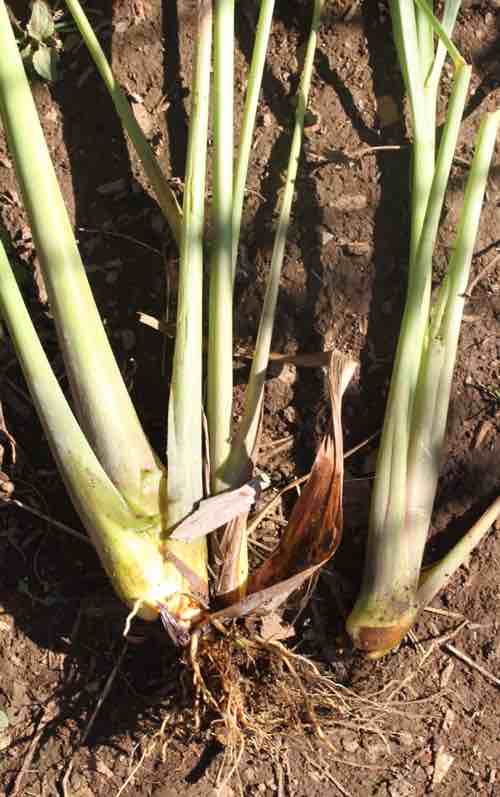
You may be lucky when buying your lemongrass sticks; has the farmer left some with roots on? Don't discard those remains; plant them in your own garden.
Choose only those sticks that have obviously been recently-harvested. Down near the root it should be a yellowy colour becoming increasingly green towards the leaf end; if they look old they probably are. Ask the attendant when fresh herbs will be arriving.
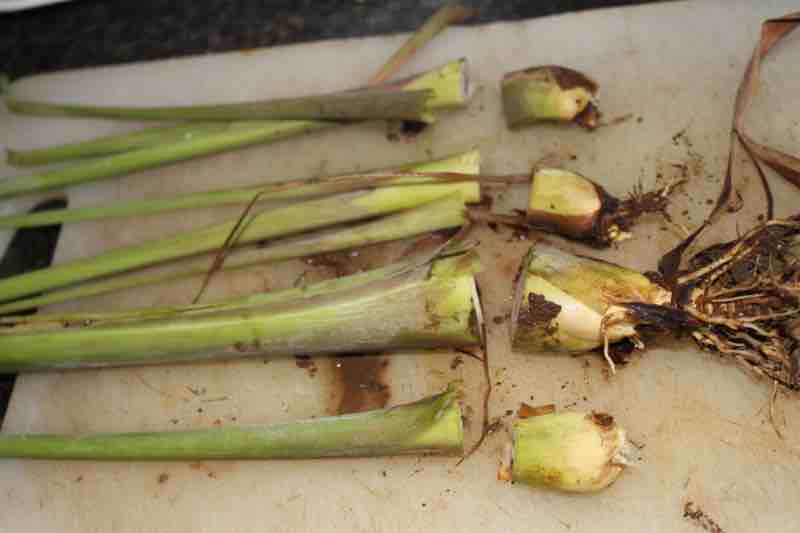
Wash your sticks retaining about 15 cm; cut off the leaves.
You need to be a bit hard-hearted when chopping up your lemongrass. Cut off most of the bulby ends; they are hard and woody and you'll be spitting bits out of your stews and soups. In any case, the more you leave with the root the greater the chance that it will take in the garden.
Then using a sharp knife cut a slit down the stick, removing the hard outer layers; they really are not edible. It's that yellowy inner core you are after; is that fragrant scent that greets you not absolutely terrific?
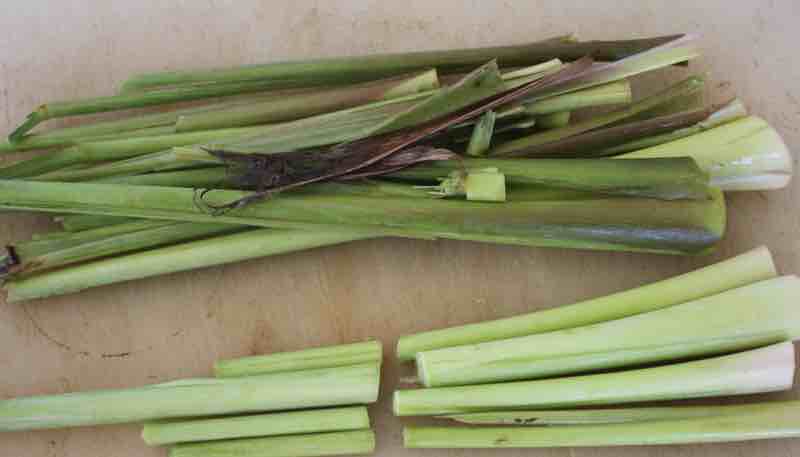
Using your sharp knife cut the lower two-thirds into small circles; these you can crush or blend but I find they are very soft after cooking.
The upper third tends to be tough; use whole pieces in your stews, removing them first if you plan to liquidise.
Now use these chunks of lemongrass just as you would any other herb or spice. The softer roundels cook down to a fine very-fragrant mush; the upper sticks you'd remove after stewing as you would a piece of cinnamon bark.
Puzzling what to do with lemongrass today, I have used it in a butternut soup instead of ginger. Tomorrow it will be in a mutton curry or vegetable-stew.
You can freeze your lemongrass just as you might do peppadews, one of our other favourite spices, in a sealed transparent-plastic packet; it will keep readily for a year.
If the powder from the store is really fresh it's okay but soon after the container is opened it begins to oxidise and lose its flavour; and nutrient value too.
Herbs and spices have many unknown and often unresearched phytochemicals. There are indications that some of those in lemongrass have beneficial anti-inflammatory properties; that is important for all of us. Who would not benefit from less angry blood vessels, muscles and joints?
Those who are unduly anxious about medication and others wary of taking diuretics, will find that a lemongrass tea enjoyed daily has some benefit[1].
It is well known in beekeeping circles that using the essence of lemongrass in a decoy hive will attract a feral swarm. I am about to start testing with sticks, freshly-harvested from the garden.
When making a home-brew it's traditional to use ginger and raisins. I am experimenting with different herbs from the garden. Let's see what lemongrass is like in this 1 gallon wheat beer recipe.
Grow lemongrass in your garden
Lemongrass likes a sunny but not too hot area to grow in; there it will thrive and multiply. Our first three attempts up against a concrete wall were doomed to fail but now we have a very large patch in the garden. It is fairly frost-resistant.
It is part of our philosophy not to take capsules and powders, or an essence but where possible to grow the herb or spice; lemongrass has proved to be one of the simpler plants to propagate.
Another equally simple spice to grow in the garden is turmeric.
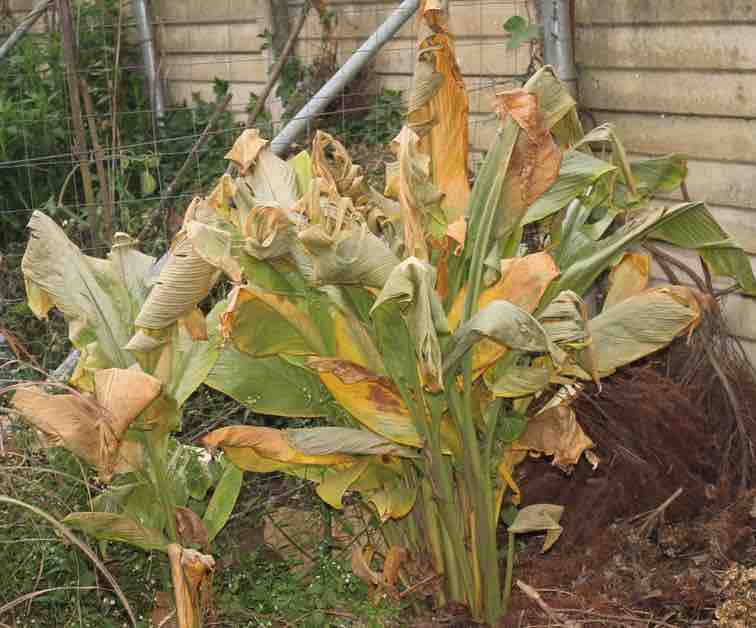 Turmeric almost ready for harvesting
Turmeric almost ready for harvestingWhen browsing use right click and "Open Link in New Tab" or you may get a bad gateway signal.
Newsletter
Our newsletter is entitled "create a cyan zone" at your home, preserving both yourself and Mother Earth for future generations; and the family too, of course. We promise not to spam you with daily emails promoting various products. You may get an occasional nudge to buy one of my books.
Here are the back issues.
- Lifestyle and ideal body weight
- What are ultra-processed foods?
- Investing in long-term health
- Diseases from plastic exposure
- Intensive lifestyle management for obesity has limited value
- A world largely devoid of Parkinson's Disease
- The impact of friendly bacteria in the tum on the prevention of cancer
- There's a hole in the bucket
- Everyone is talking about weight loss drugs
- Pull the sweet tooth
- If you suffer from heartburn plant a susu
- Refined maize meal and stunting
- Should agriculture and industry get priority for water and electricity?
- Nature is calling
- Mill your own flour
- Bake your own sourdough bread
- Microplastics from our water
- Alternative types of water storage
- Wear your clothes out
- Comfort foods
- Create a bee-friendly environment
- Go to bed slightly hungry
- Keep bees
- Blue zone folk are religious
- Reduce plastic waste
- Family is important
- What can go in compost?
- Grow broad beans for longevity
- Harvest and store sunshine
- Blue zone exercise
- Harvest and store your rainwater
- Create a cyan zone at your home
Did you find this page interesting? How about forwarding it to a friendly book or food junkie? Better still, a social media tick would help.
- Bernard Preston homepage
- Herbs Spices
- What to Do With Lemongrass
Address:
56 Groenekloof Rd,
Hilton, KZN
South Africa
Website:
https://www.bernard-preston.com